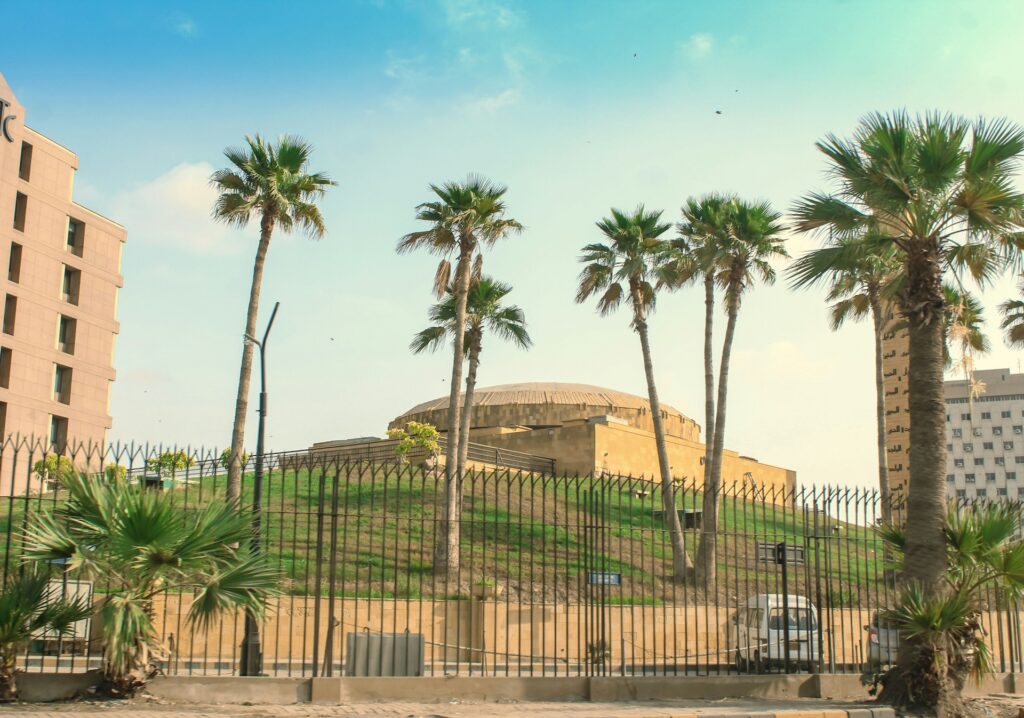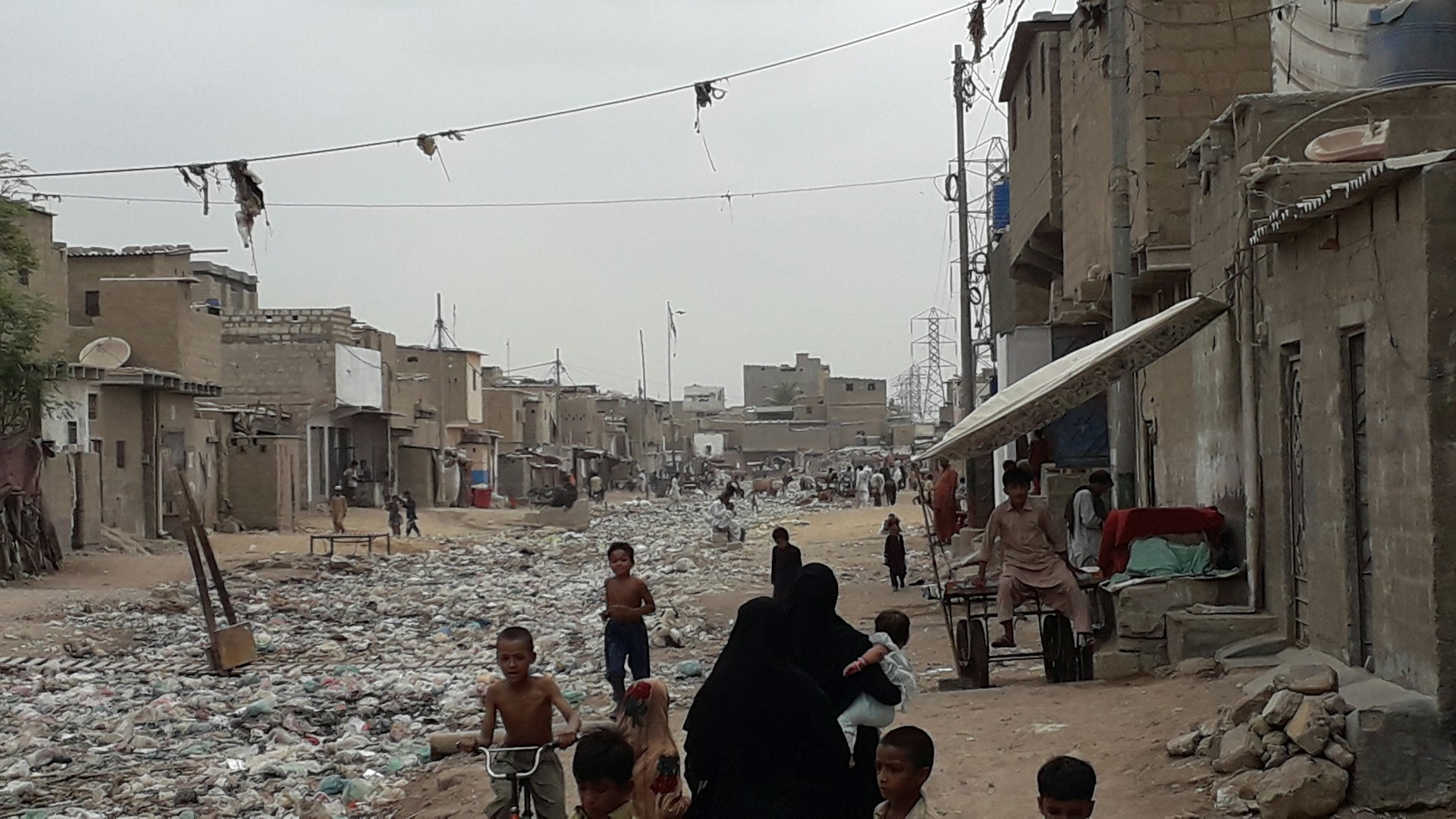Karachi Master Plan 2047: A Vision for the Future
Urbanization problems in Karachi is because Karachi is Pakistan’s largest city, rising financial power and centre for commerce and industries, and has been experienced high growth rates in population as well as expansion, but sustained development has not seen improved during past few decades.
To meet these challenges, the Karachi Master Plan 2047 has been developed as a long term future vision to change and turn Karachi into a progressive, sustainable mega city of the future.
This plan which focuses on various sub sectors of development including infrastructure, housing, transport, environment etc. provides a broad pathway to the city’s future development within the next twenty years.
Much like previous years, there is interesting research to consider in our blog, here the following three points from the Karachi Master Plan 2047.
1. Urban Infrastructure and Development
A major objective of the Karachi Master Plan 2047 is to respond to the problem of obsolescence and overloading of infrastructural facilities.
The largest city of Pakistan is Karachi where more than 15 million people lived and the problems of deficient essential services like water and sanitation and electricity are common.
There is proposed a step-by-step strategy of the further development of city infrastructure and the corresponding facilities to satisfy the needs of the increasing urban population and the developing economy.
Modern housing, commercial and industrial areas are also part of the plan, as is the efficient consumption of the area.
Many informal settlements and slums in Karachi that accommodate rather a large number of the population are the target of regeneration.
The government seeks greater availability of housing also employs poverty reduction and enhanced standards of living by developing access to sanitation, water, and electricity.
Apart from shelter, Karachi Master Plan 2047 pays major attention to availability of quality healthcare and education facilities.
Besides this, the part of the nonexistent structural plan is also revealed in the augmenting the newly constructed parts of Karachi including parks, recreational zones, and other cultural spaces as key frameworks to improving the well-being of the city’s inhabitants.
This is for the purpose of designing and developing a city with a good structure and standards that will accommodate the increasing population in the society.

2. Sustainable Transportation and Mobility
Transportation has always been one of Karachi’s biggest issues. Huge traffic jam, absence of reliable public transport and bad roads discomfort millions of population during their daily commuting.
These issues are solved under Karachi Master Plan 2047 through sustainable and modern transportation system.
The plan is consisted of the option of extending the covers of public transport i.e., metro lines, bus rapid transports (BRTs) and upgraded railway services.
The goal is to cut people’s reliance on private automobiles and maximize the effectiveness of green public transport.
This transformation is thought to be going to solve traffic jams problem in Karachi and decrease the air pollution levels that is one of the pressing issues in Karachi.
Also, the plan explains the elaboration of the existing big roads, city, new fly-over, under-pass, Bridge and other Articulation between core city and metropolis and the adjoining districts of the country.
To achieve this there is effort to promote public transport through construction of equipment such as cycling lanes and zones that support the use of non-motorized transport.
All these are activities will enhance the flow of goods and people while enhancing macro-economic activities in the process.
3. Environmental Sustainability and Climate Resilience
This blog delves into the environmental issues affecting Karachi, and finds that the city is dealing with increasing summer temperatures, air and water pollution, and increasing occurrences of floods because of inadequate drainage systems.
These problems have been worsened by climate change, which therefore requires that the city embraces sustainable and resilient practices.
The Karachi Master Plan 2047 has a major focus on sustainability of environment and climate under the city’s master plan.
Among the biggest of these is the creation of green areas and urban forests in the cities plan.
The government can plant more trees and expand green belts to ensure high-level standards of internal environment, not to mention that the measures will also contribute greatly to mitigating the phenomena of urban heat islands.
The plan also envisages measures to treat and reclaim two of Karachi’s most polluted water bodies, the Lyari and Malir Rivers that have remained completely unnoticed for years.
Another areas touched include the management of water in the plan. Pervious water supplies and water distribution is another enhanced problem for Karachi due to massive population pressure and scarcity of water supply.
Proposed development activities in the Karachi Master Plan encompasses on rain water harvesting program, a wastewater recycling program and a water infrastructure upgrade program that will enhance consistent water supply to the city.
In addition, better lay out and management in the drainage system including measures for flood prevention also form part of the plan due to rising incidences of urban flooding.
Conclusion
The Karachi Master Plan 2047 is an inclusive, large-scale vision for the future development of Karachi as the economically significant regional city.
Thus, responding to essential issues of urban development, transport, and environmental responsibility, the plan is to make the life of Karachi residents better and adapt the city for future development.
If tangibly and efficiently put into operation, the tasks and specifications spelt out in the Karachi Master Plan 2047 could well provide the rest of the remedy package for many of the problems that continue to characterize Karachi and its people’s future and destiny.
Also read: Emerging urbanization trends: The case of Karachi


I loved your article. Really Great.
Thanks.